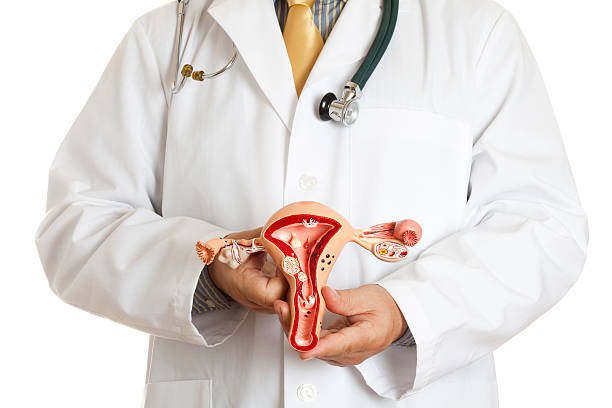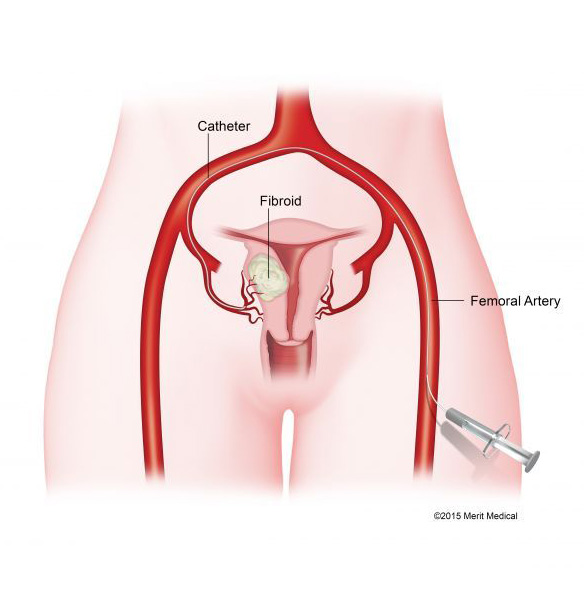Uterine Fibroid Embolization (UFE)
Uterine Fibroid Treatment

Uterine Fibroid Embolization
Uterine fibroid embolization is a treatment procedure for fibroid tumors in the uterus that utilizes modern technology to ensure minimal invasion into the body and to avoid unnecessary surgeries. It is a great alternative to other treatment methods such as hormonal therapy or surgery. Fibroid tumors in the uterus are known to cause menstrual pain, heavy bleeding, and even pressure on the bowel or bladder. It is, therefore, important that they are diagnosed and treated early by a professional doctor to avoid complications and ensure the process is successful.
Uterine Fibroid Embolization Treatment
Uterine fibroid embolization treatment works simply by blocking the blood flow to fibroids in the uterus and causing them to shrink. In an UFE procedure, the physician (known as a radiologist) uses a real-time X-ray on a video screen, known as fluoroscopy, to direct the delivery of embolic agents / small particles into the uterus and fibroids. These embolic agents are carried through a thin and flexible tube known as a catheter. The particles build up in the targeted arteries and block the blood flow to the fibroids, causing them to shrink.

Some of the crucial benefits of uterine fibroid embolization include:
- Helping women get relief from menstrual bleeding and pain caused by fibroid tumors
- Helping prevent recurrence of fibroids, unlike with hormonal therapy and laser treatments of uterine fibroids
- Fewer risks of complication and less time required for recovery than in traditional surgery, because the treatment is minimally invasive
- Precision delivery of small particles to the necessary arteries to block blood flow to fibroids
- No requirement for general anesthesia and virtually no blood loss in the process
- High success rate (Almost 90% of all women treated with the UFE procedure report significant or complete success in the treatment of their fibroid-related problems.)
What To Expect
-
Before the Procedure
-
During the Procedure
-
After the Procedure
Learn more about UFE
What Are Uterine Fibroids
Learn About UFE
When Should Uterine Fibroids Be Treated
VIP Fibroid Center - Freedom From Fibroids Webinar
Can Uterine Fibroids Be Treated with Minimally Invasive Surgery
How Effective is Uterine Fibroid Embolization (UFE)

Request a Consultation
To request a consultation, fill out the form below or call us at 408-371-8346
